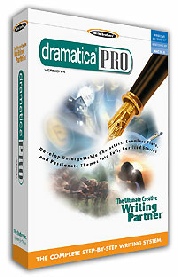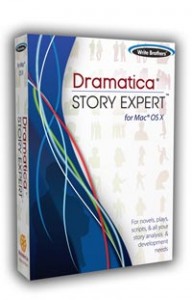- He is the Antagonist
- He is the Influence Character
- He is second in prominence to the Central Character
- He is a Bad Guy
The Influence Character is the most persuasive character – the one who argues the devil’s advocate position regarding the personal or moral issue the story seems to be about.
The Second Most Prominent Character is the one who stands out most strongly among the players, save for the hero.
The Bad Guy is the standard bearer of immorality – the character whose intent is to do the wrong thing.
Putting it all together then, a villain tries to prevent the goal from being achieved, represents the counterpoint to the audience position in the story, it the second most prominent character, and seeks to do the wrong thing. Now we can see that when we created a hero who was a bad guy and another who was an antagonist, we were actually borrowing attributes from the villain. In the same manner, the villain can borrow attributes from the hero. For example, we might fashion a character with the following four attributes:
- Antagonist
- Influence Character
- Second Most Prominent
- Good Guy
Another variation on the typical villain might be:
- Protagonist
- Influence Character
- Second Most Prominent
- Bad Guy
As we can see, swapping attributes between the hero and villain opens up a world of opportunities for creating more interesting and less typical characters. But, these are not the only ways to swap attributes. For example, just because the hero is a Good Guy doesn’t mean the villain has to be a Bad Guy.
Suppose we have the following two characters:
Typical Hero:
- Protagonist
- Main Character
- Central Character
- Good Guy
- Antagonist
- Influence Character
- Second Most Prominent
- Good Guy
These two characters are dramatically opposed. They are in conflict, both externally and internally. Yet each is driven to do what he believes is right. So who is right? Well, in fact, that is what a story built around these characters would be all about!
Indeed, the author’s message would center on convincing the audience that one of these characters was misguided and the other properly grounded. Such a story would provide an excellent opportunity to explore a moral issue that doesn’t easily fall into black and white clarity. It would stand a good chance to come across as deep, thoughtful, and provocative – and all by simply having two Good Guys duke it out.
At this point, it should be pretty clear that if you’ve only been writing with heroes and villains, you haven’t been doing anything wrong, but you have been limiting your creative opportunities. And yet, we have barely begun to explore the ways in which characters can swap attributes to create more variety and interest.







No comments:
Post a Comment